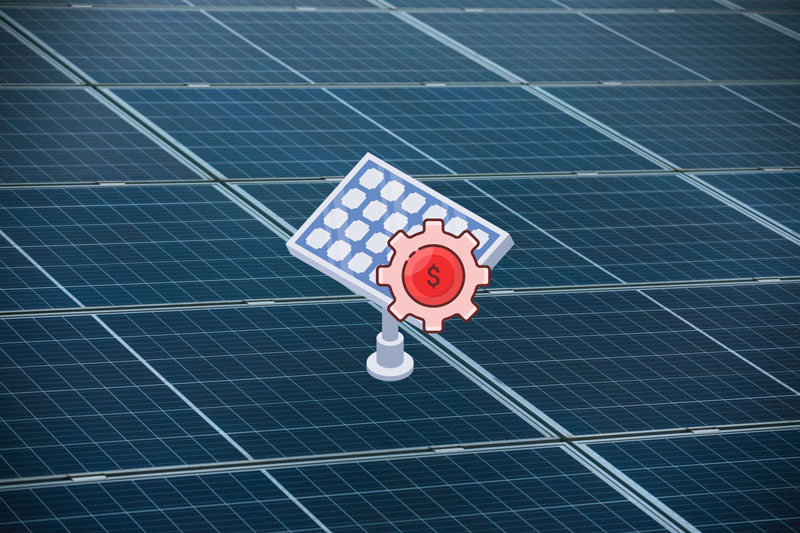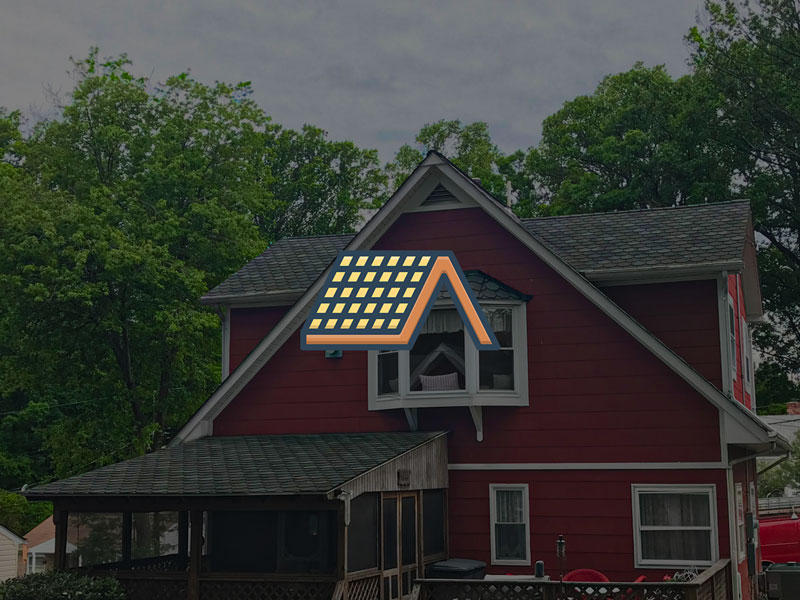How Often Should You Replace Your Roof?
As a homeowner, one of the biggest investments you can make is in your roof and one of the biggest questions asked is how often should I replace my roof?. It is essential to ensure that your roof is in good condition to protect your home and family from the elements. However, how often should you replace your roof? This question does not have a straightforward answer since many factors determine the lifespan of your roof. In this article, we’ll explore how often you should replace your roof and the factors that can affect its lifespan.
Factors That Affect Your Roof's Lifespan
The lifespan of a roof can vary widely depending on factors such as:
Roof Material
The type of roof material you have installed can affect its lifespan. For example, asphalt shingle roofs can last up to 20 years, while metal roofs can last up to 50 years or more.

Climate
Your roof’s lifespan can also be affected by your local climate. For example, roofs in areas with heavy snow or rainfall may have a shorter lifespan due to the added weight and moisture exposure.Click Here To Learn More About Storm Roof Damage

Installation Quality
Proper installation is critical to the longevity of your roof. A poorly installed roof may not last as long as one installed correctly.

Maintenance
Regular maintenance can help extend the lifespan of your roof. Neglecting maintenance can cause damage that can shorten the roof’s lifespan.

The Recommended Replacement Schedule
Here’s a general guideline for the recommended replacement schedule based on the material used:
12-20 Years
Composition Shingles
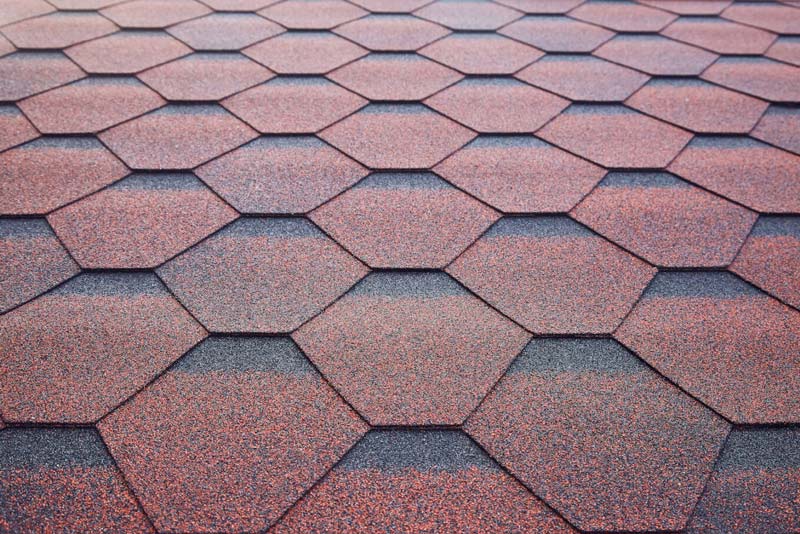
15-30 Years
Asphalt Shingles
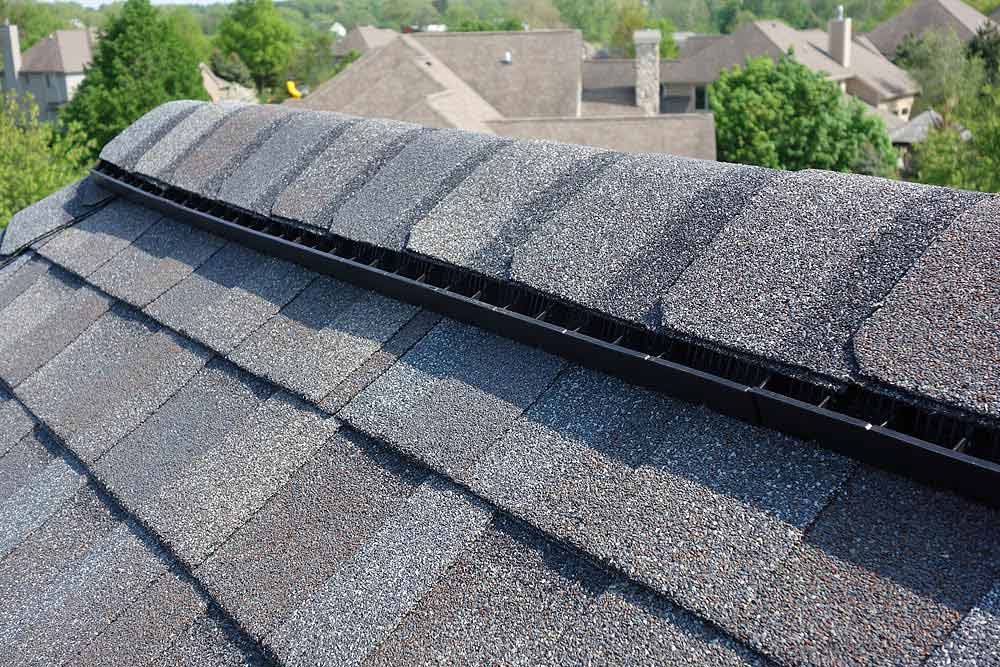
20-25 Years
Wood Shingles
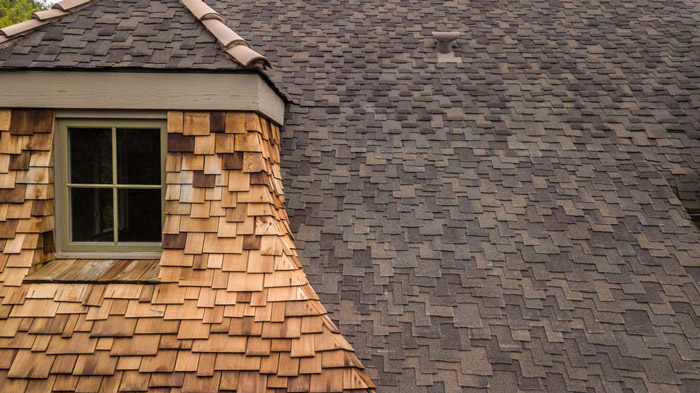
30-50 Years
Rubber Roofs
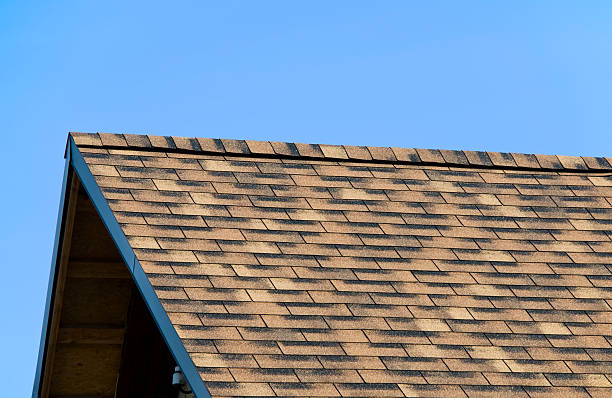
50-75 Years
Metal Roofs
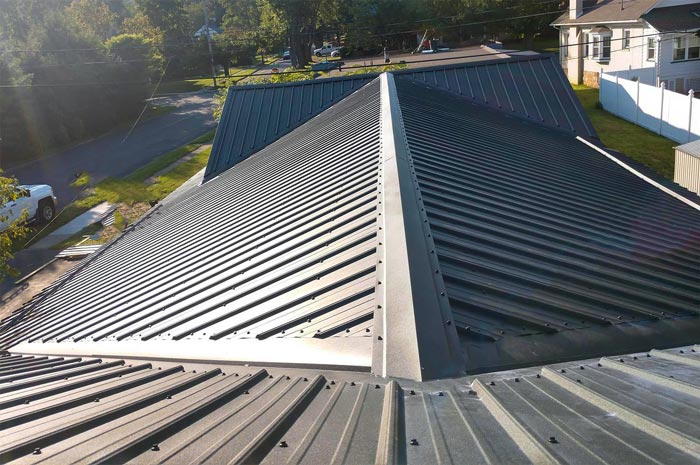
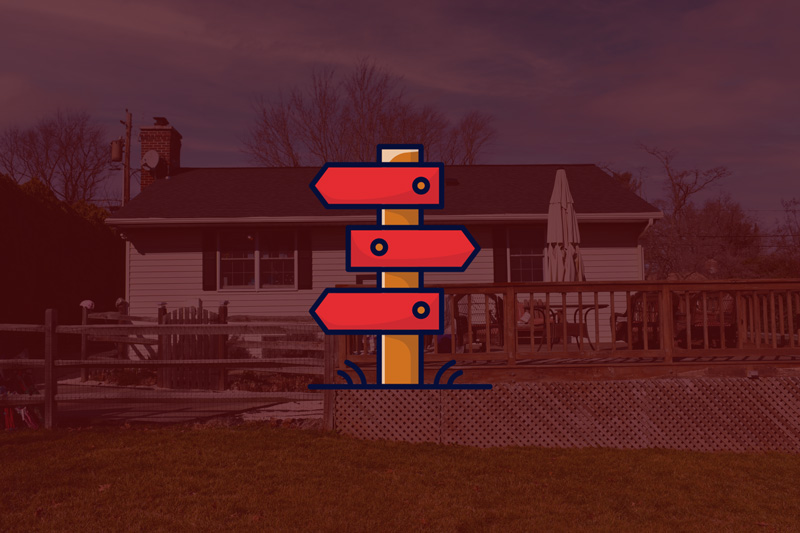
Signs For When To Replace Your Roof
While there is no one-size-fits-all answer to how often you should replace your roof, there are some signs to look out for that may indicate it is time to replace your roof.
Age: The age of your roof is a good indicator of when you should consider replacing it. Most roofs have a lifespan of 20-25 years, so if your roof is approaching that age, it may be time to replace it.
Damaged Shingles: If you notice shingles that are cracked, curling, or missing, it may be time to replace your roof. Damaged shingles can expose your roof to moisture and cause further damage.
Leaks: If you notice water stains or leaks in your home, it could be a sign that your roof is damaged and needs to be replaced.
Sagging: If you notice any sagging in your roofline, it may be a sign of a structural issue that requires immediate attention.
Energy Bills: If you notice an increase in your energy bills, it could be a sign that your roof is not insulating your home correctly, and it may be time to replace it or if you have any other concerns regarding your energy bill Click Here
How often you should replace your roof depends on several factors, including the roof material, climate, installation quality, and maintenance. While the average lifespan of a roof is 20-25 years, some factors can shorten or extend that lifespan. If you notice any signs of damage or aging, it may be time to replace your roof or Contact a Professional.
Read More Informative Articles
Please Share!


